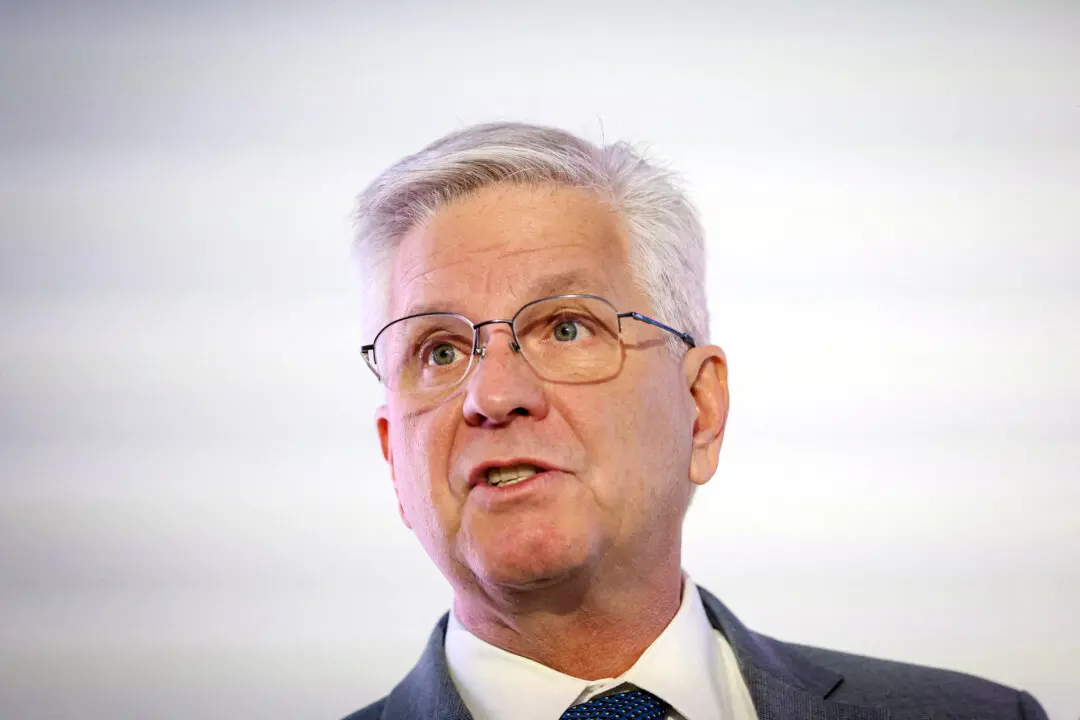Following the latest inflation data, U.S. financial markets are asking two questions. First, is this the beginning of an inflation revival? Second, how will the recent numbers impact the Federal Reserve’s monetary policy decision-making?
In July, the annual inflation rate edged up to 3.2 percent, marking the first increase in the growth rate in a year. The core consumer price index (CPI), which strips the volatile food and energy components, remains stubbornly high at 4.7 percent.





